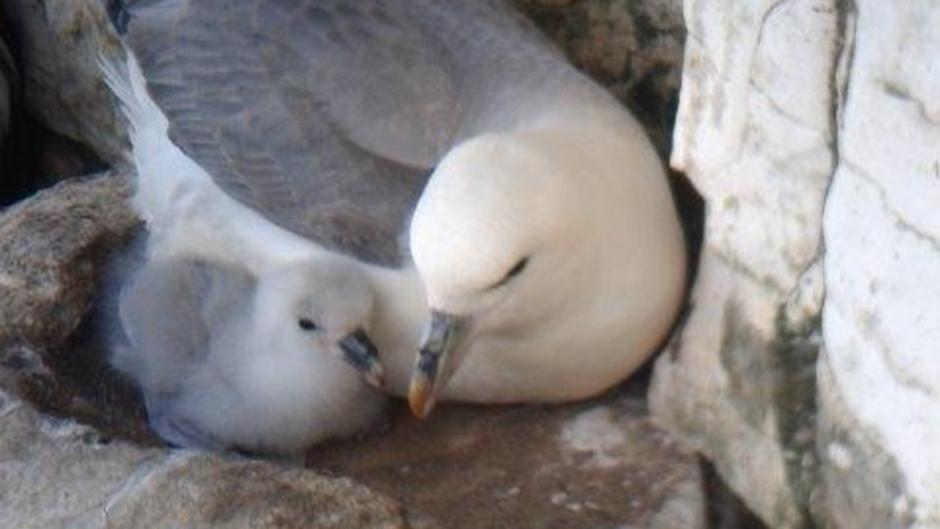With the recent good weather attracting thousands of visitors to the East Yorkshire coast, the Flamborough Head European Marine Site Management Scheme is urging people to be mindful of how their actions could affect the area’s important seabird colonies.
As the summer holiday season begins, so too does the seabird breeding season. In the last few weeks, more than 200,000 seabirds have started to return to their nest sites on the cliffs around Flamborough and Filey. Eight species, including puffins, gannets and kittiwakes, travel many miles to reach the relative safety of Yorkshire’s coastline and the Flamborough Head European Marine Site (EMS) Management Scheme is encouraging all visitors to be aware of the colony’s sensitivities.
Jeremy Pickles, chair of the management scheme, said: “The breeding seabird colony along our stretch of coastline is one of the most accessible and awe-inspiring natural spectacles in the country. All of the seabirds which nest around Flamborough Head and along Filey Cliffs are protected by law, meaning that we have a duty to ensure that the birds are given the best chance of a successful breeding season. The birds can be inadvertently disturbed from their nests by a wide variety of recreational sports and activities, from the land, air and sea. We’re therefore reminding visitors to avoid getting too close to the cliffs when nesting birds are present.”
The management scheme has been working with a number of activity user groups to raise awareness of the important seabird colony and has recently reviewed the Personal Watercraft (Jet Ski) Voluntary Code of Conduct to ensure that its messages are clear and user-friendly.
Established in 2016, the agreement between site managers, the Personal Watercraft Partnership and local launch operators encourages personal watercraft users to adjust their activities around Flamborough and Filey. Riders are asked to travel at a no-wake speed when within 300m of the cliff face to avoid causing birds to leave their nests in alarm.
Across the rest of the protected area, which extends 2km from the shore into the North Sea, users should be prepared to slow down and pass around groups of rafting birds.
To find out more about the protection afforded to the spectacular seabird colony, visitwww.flamboroughheadsac.org.uk or email sacofficer@flamboroughheadsac.org.uk
(Photo's by Heather Davison)




